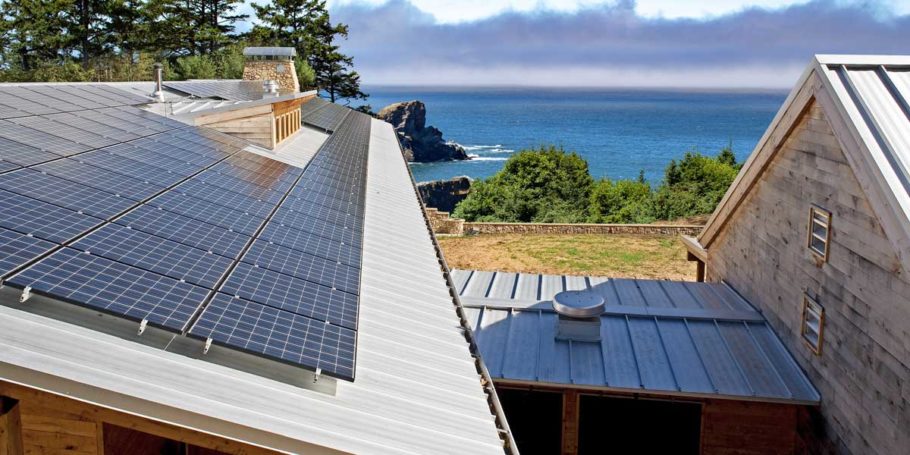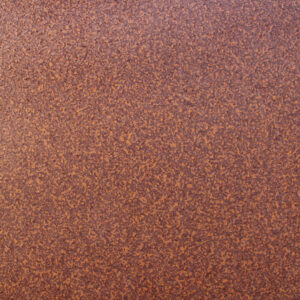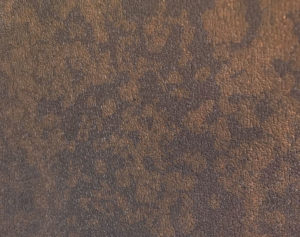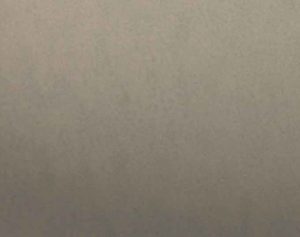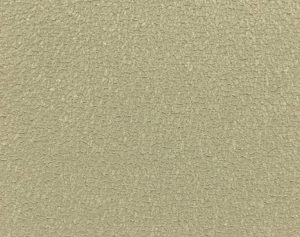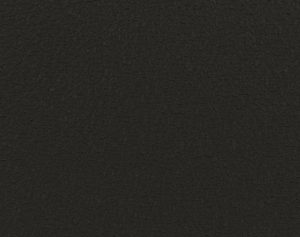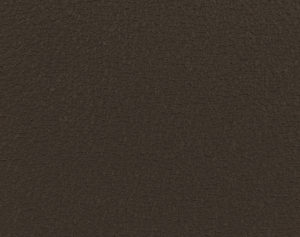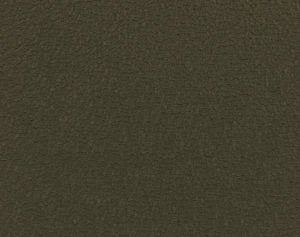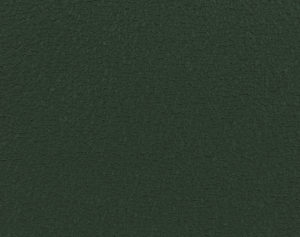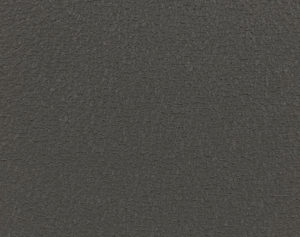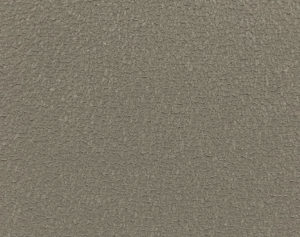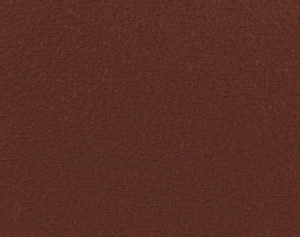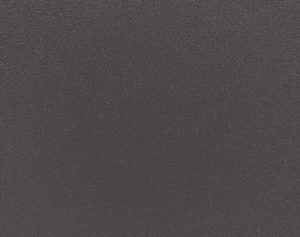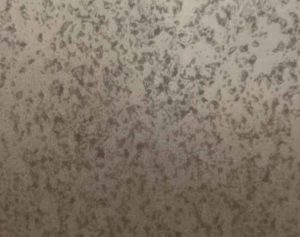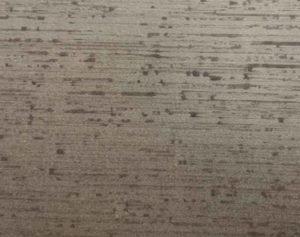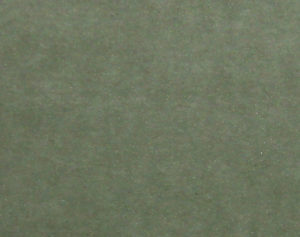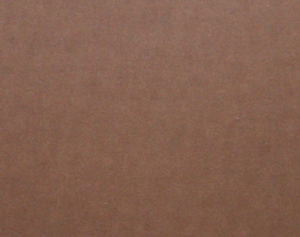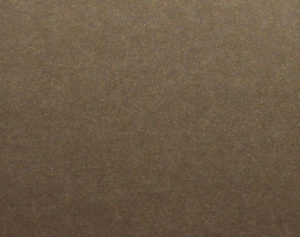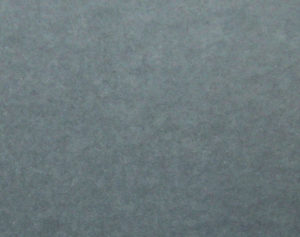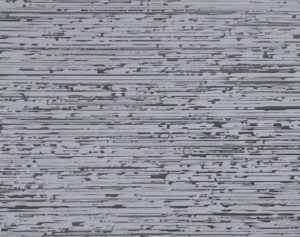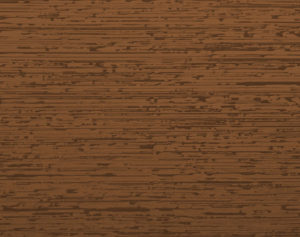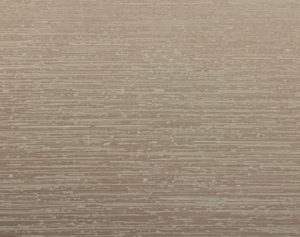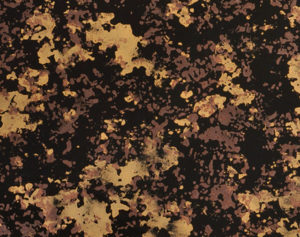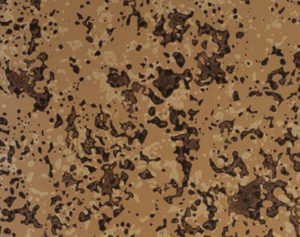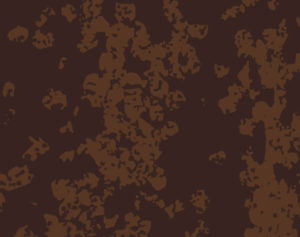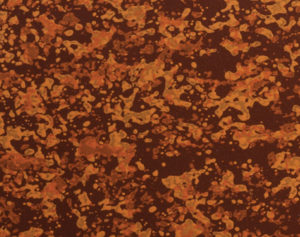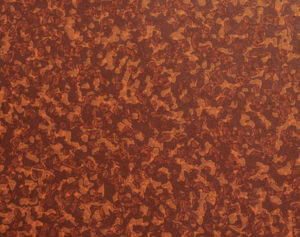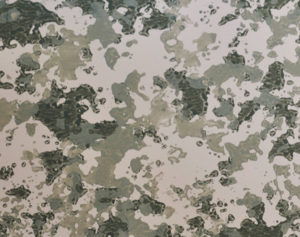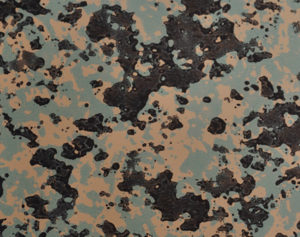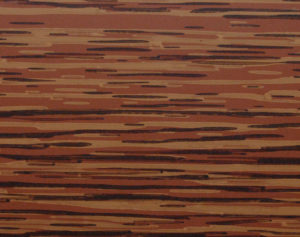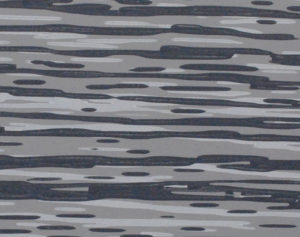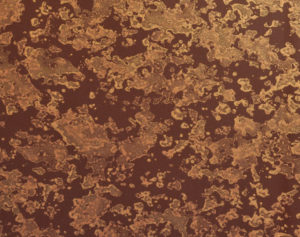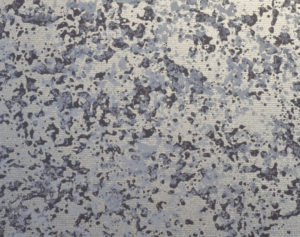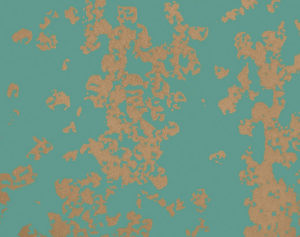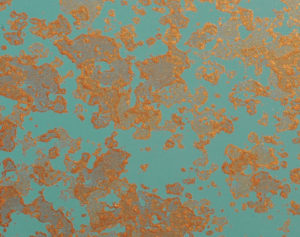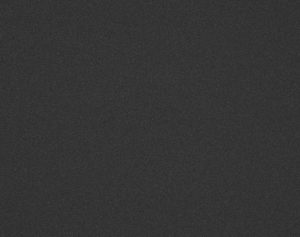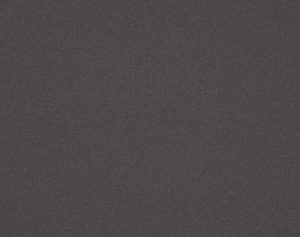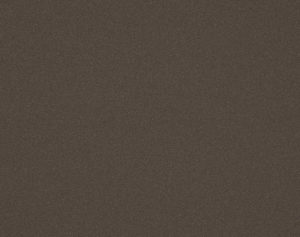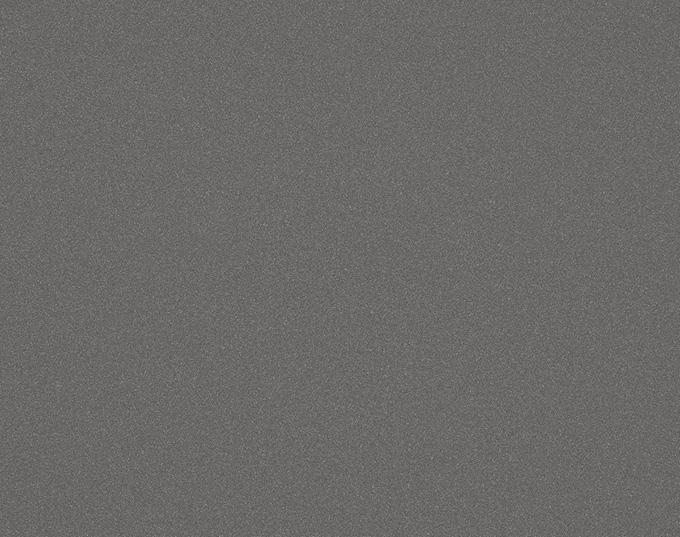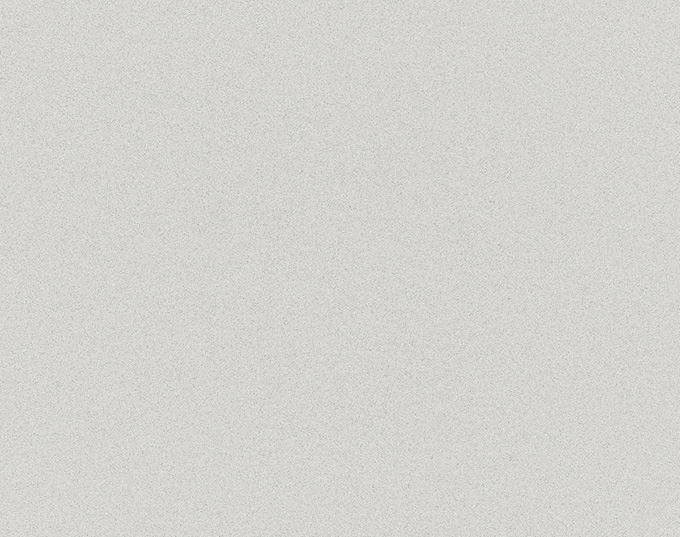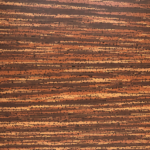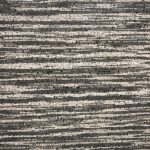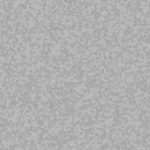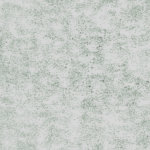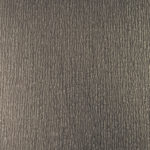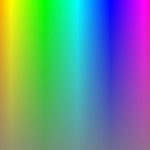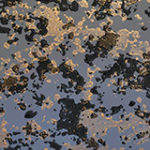How Architects Can Specify the Right Metal Finish – Part 3
Painted Metal is an amazing product – its finish offers unmatched durability, flexibility, and color vibrancy to suit any project’s needs. However, in today’s market, product specifiers are swamped with a vast array of color and finish options. Contrasting terminology amongst manufacturers, differing warranty provisions, and varying levels of manufacturer sophistication, contribute to the complexity in the finish selection process. Inappropriate finish selection, digital representation limitations, and improper field installation practices can also translate to design visions mismatching with end solution reality. To help demystify the different elements of a painted metal finish, to encourage specifiers to select an appropriate color and finish, and to ensure design vision is translated into reality, Steelscape has created this four-part series on specifying a painted metal finish. Overall, we hope this summary provides architects with the tools needed to feel more comfortable and confident when specifying metal roofing and metal siding in their designs.
Specifying the Right Paint System Based on The Installed Environment- Part 3
There are several elements to consider when selecting and specifying the right metal finish. A fundamental consideration is that the finish is appropriately configured to its installed environment. This can be achieved through the selection of an appropriate paint system.
The three common paint systems used in modern building design are polyester, silicone modified polyester and fluorocarbon (PVDF and FEVE). Polyester paints are typically the most economical paint systems offering the lowest level of resistance to UV, and as a result, offer the shortest product warranties. Polyester systems are also very versatile. Their paint structure is modifiable and can vary from a generic low durability, non-warranted product to those with 25-year warranties. Due to this flexibility, end purchasers must be careful when comparing polyester coated products to ensure they are comparable. Silicone modified polyester (or SMP for short) is a more durable paint system compared to low end polyester paints. SMPs are modified with a different resin structure to improve the resistance to UV damage. Compared to standard polyesters, SMPs have less variability in range and quality, meaning they can be easier for end consumers to compare like-for-like products. Fluorocarbon (PVDF) / polyvinylidene fluoride (also known as Kynar 500® or Hylar 5000® ), is a completely UV-transparent paint system that offers superior durability. PVDF systems offer exceptional chalk and fade resistance (UV resistance) and protection against aggressive weather elements. This system also offers superior warranty coverage and is ideal for applications where superior weatherability is required or high visibility areas seeking to avoid prominent discoloration. An overall summary of these systems is provided below:

Summary of the Three Paint Systems
So, what aspects influence paint system selection? This really comes down to three key factors – suitability to its environment, building owner requirements, and cost. PVDF (fluorocarbon) systems will offer the greatest resistance and warranty coverage in regular and corrosive environments such as industrial or high salt environments. In these corrosive environments a high-build PVDF may be the only option for a quality, long term solution. Building owner requirements will heavily influence product selection – the warranty they seek, and how important preventing color fade is to organizational image are important factors. The final aspect is ultimately cost. A PVDF paint system will be the most expensive of the three systems and may not be appropriate for all project budgets. Sometimes designers may select different paint systems for different parts of a building, based on color and exposure to the elements to help reduce project costs.
A painted metal finish warranty will typically cover against three elements – film integrity, color fade and chalking. Film integrity warrants that the paint will maintain adhesion to the base metal. If a painted product fails to adhere, it results in delamination and surface bubbling. Delamination is the loss of paint film adhesion to either the substrate or between primer and topcoat. Color fading is caused when substances in the environment and UV rays attack the pigment portion of the paint and cause the color to change. Color fade is assessed based on its variance relative to color when new and is called Delta E. A warranty will typically allow for a certain number of Delta E units of variance over time. Chalking is caused by the degradation of the resin system at the surface of the finish, due predominantly to UV rays. As the resin system breaks down, resin particles along with imbedded pigment particles lose adhesion and take on a white appearance, creating a chalky powdered surface. Due to both chalk and fade being directly associated with the impact of UV rays, some product manufacturers will consolidate the two into one warranty offering.
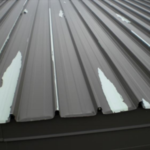
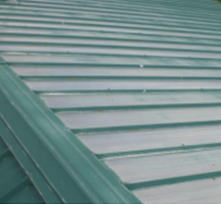
Examples of paint failure – loss of film integrity and chalking
The sample PVDF warranty table below shows the typical broad coverage of a PVDF warranty. Economical paint systems such as polyesters will usually only provide warranty coverage against film integrity and are unlikely to cover color fade. In the sample warranty below, you can also see how warranty coverage varies by environment and how the paint system may need to be modified (e.g. a thicker topcoat or need for a clear coat) to obtain a warranty. For certain projects where the environment classification may be ambiguous, inquiring with a product manufacturer in advance may help identify additional project costs up front.
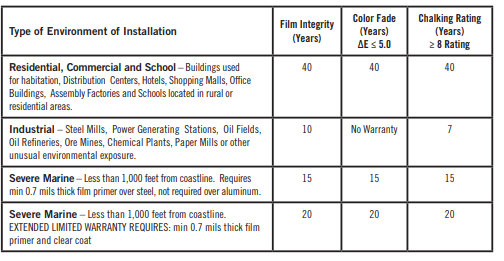
Example PVDF warranty
The environment in which the product is installed can also have an impact on premature deterioration of the paint system or unintentional corrosion of the base metal. Key design considerations when specifying metal include:
- Avoid creating the corrosion of dissimilar metals – This is where premature corrosion is caused by two different metal types in contact with one another. Galvanic corrosion is an electrochemical effect where one metal corrodes in a different manner when in contact with another metal. Typically, moist air or chemical environments provide the conditions to create this type of corrosion. Examples of this include direct metal to metal contact in corrosive environments and copper run off from AC condensers onto steel roofs.
- Avoid the pooling of standing water through appropriate roof angle and flashing design
- Avoid water run off from treated wood on to metal areas – the chemicals in treated wood can create premature corrosion.
- Always ensure appropriate handling, care and site cleanup methods are used by the installer – For example, the metal filings created by drilling or trimming metal if left on the surface of a painted metal surface can lead to rust spots called swarf. As a result, cleaning metal areas once work is complete is recommended.
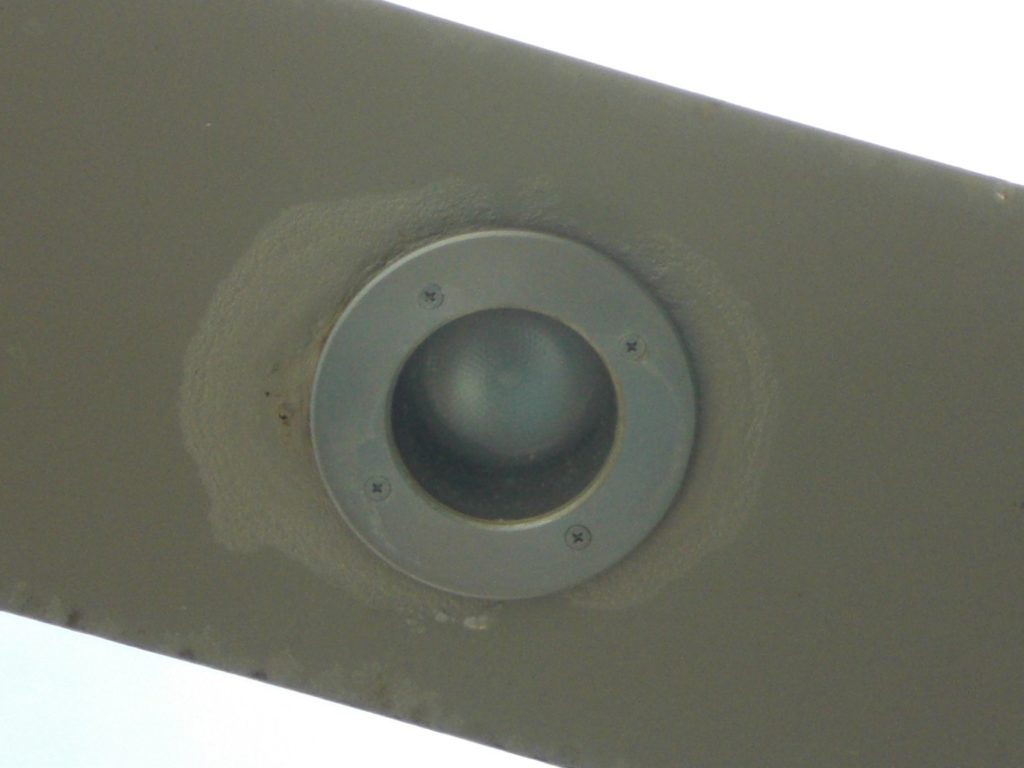
The picture above demonstrates the impact of dissimilar metal contact in a corrosive environment (saltwater spray). The stainless steel light fixture is recessed in an aluminum zinc coated soffit in a coastal environment
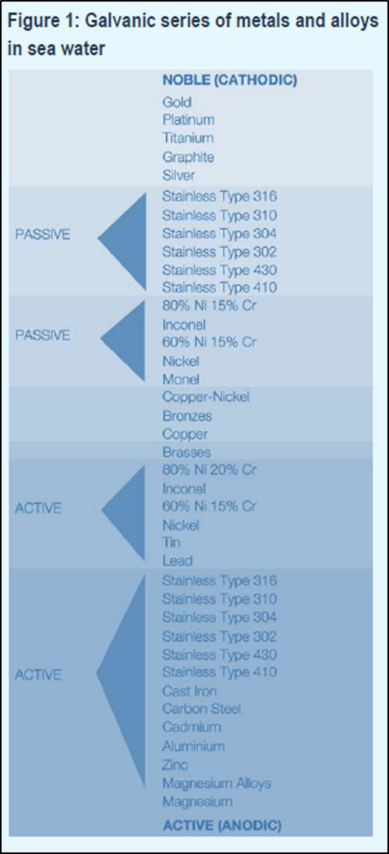
The scale of different metals – the further apart on this scale the greater the chance of galvanic corrosion when in contact in a corrosive environment
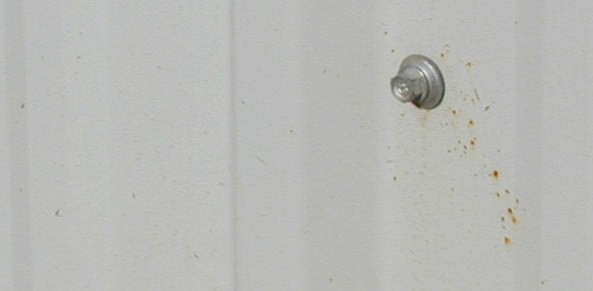
Swarf corrosion from metal filings that were not cleaned off after drilling – this would not be considered a paint failure
Care and maintenance of the metal surface once installed is also very important. Product corrosion or premature paint failure can occur due to trapped dirt, water and leaf accumulation among other issues. Improper care of a painted metal surface may void product warranties.
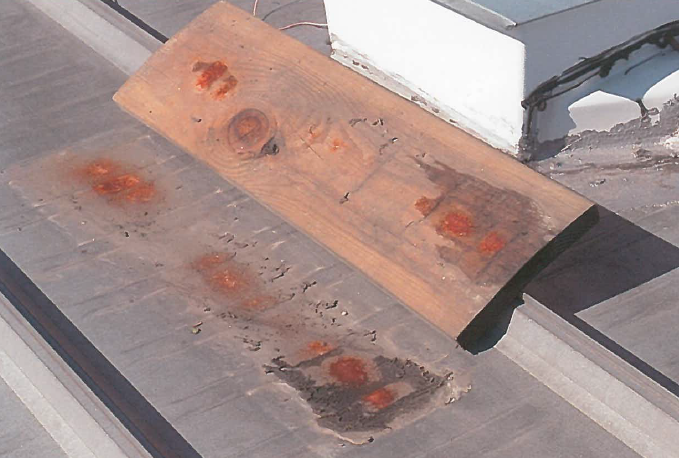
This example shows an example of trapped water from a wooden panel discarded on the roof surface leading to corrosion.
To learn more about paint systems, paint warranties and paint failures, take our online course of ‘Introduction to Pre-Painted Metal’ available on AEC daily and valid for 1.0 AIA CES credit. In the next part we will discuss how to get the right product information and specification resources prior to product specification.
If you have any questions not answered in this four-part series, please feel free to contact Steelscape directly at (888) 553-5521 or ‘Ask Steelscape’ via Steelscape.com.
For more information on other current color trends, complementary palettes and other color considerations, see the Steelscape Color Design Guide and Single Skin Metal Wall Design Guide. In the next part we will discuss how to specify the right paint system based on the installed environment.
This concludes our Selecting the Right Color, the third article in our four-part series on How Architects Can Specify the Right Metal Finish. To learn more about the core constructs of a pre-painted metal finish, see the paint and metal 101 documents at www.steelscape.com/resources/document-library or visit the Architect Center. Look for our next article where we will discuss why it is important to consider batch and direction sensitivity.
Request your samples and product literature today!
Did you find this article helpful?

